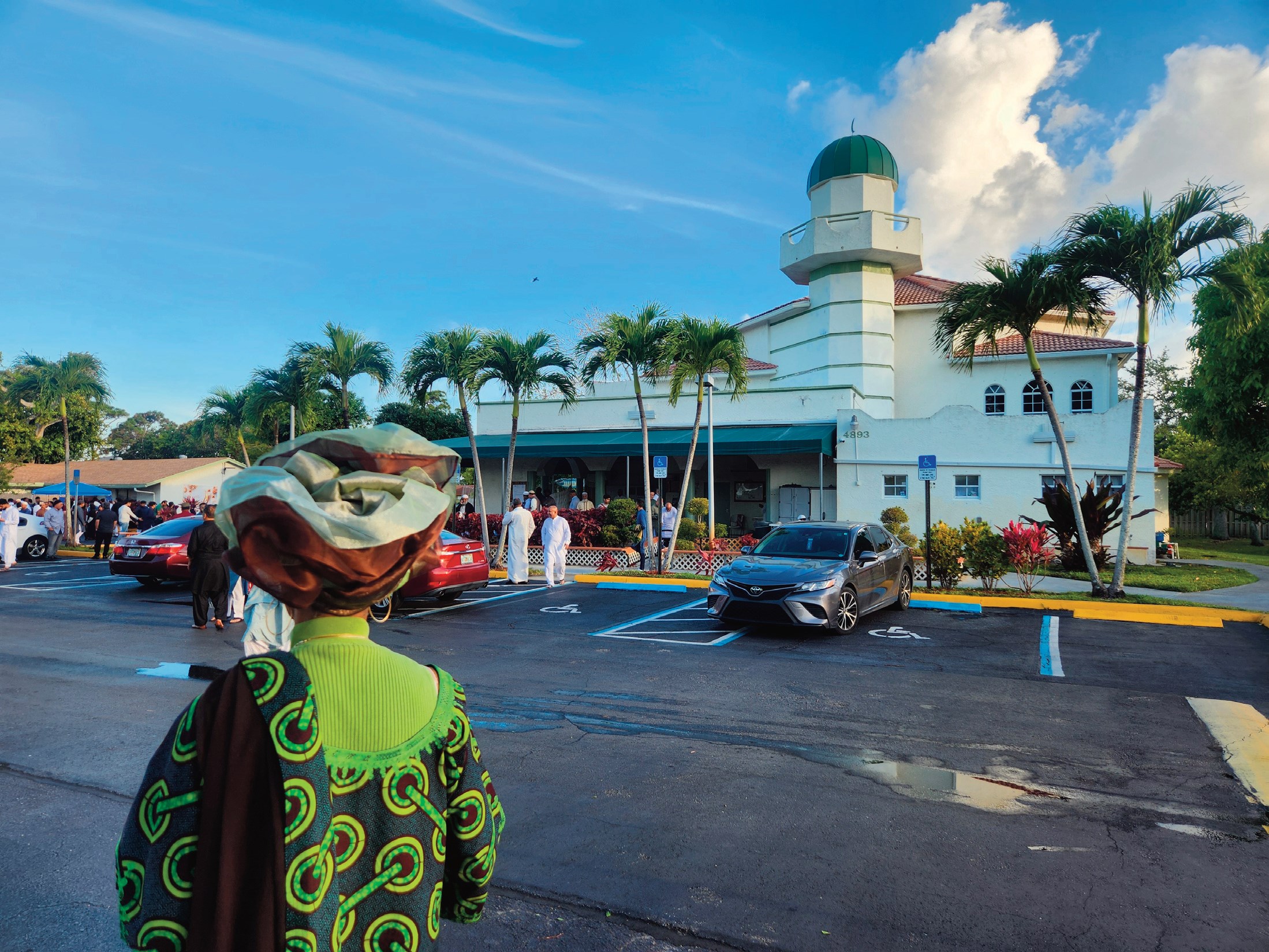By ANNE D’INNOCENZIO
AP Retail Writer
NEW YORK (AP) – The holiday shopping season is losing some of its power in the year’s sales.
November and December now account for less than 21 percent of annual retail sales at physical stores, down from a peak of over 25 percent, and experts believe it’ll keep dropping. Those extra percentage points would have translated into an extra $70 billion more in buying for last year, says Michael Niemira, principal at The Retail Economist.
The season had steadily gained in importance and peaked in the early ’80s, before the dominance of big discounters like Wal-Mart stalled its growth as shoppers began moving away from department stores. Still, the two-month period held its own through the mid-’90s, when online shopping for deals took hold.
“There was a mindset even before online shopping,” said Niemira, whose data goes back to 1967. “But this just accelerated it.”
In general, many people are shopping for the holidays all year long now, mirroring the trend for back-to-school items. Heavy discounting has diluted sales, and with big promotions throughout the year, shoppers no longer hold off making their biggest purchases until the holidays.
This year, the contentious presidential election delayed some shoppers, and with Christmas falling on a Sunday, stores are expecting a bigger number of last-minute buyers. At a busy Target store in Brick, New Jersey on Saturday morning, many shoppers seemed to be picking up small items to use as stocking stuffers. Others were hoping to find a last-minute deal.
“I’m pretty much set for Christmas, so I thought I would come down and see what I could find on sale, like maybe a TV,” Terry Kreft, 38, said as she strolled through the store. She has spent about $600 on gifts this year, taking advantage of discounts during the traditional holiday-season shopping days right after Thanksgiving, called “Black Friday” and “Cyber Monday.”
“I was pretty much done with my shopping before December got rolling,” Kreft said.
But a late rush isn’t expected to make up the difference.
“It’s no longer a seasonal business,” said Marshal Cohen, chief industry analyst at consumer research firm NPD Group Inc. “It’s a yearlong investment for the consumer. And retailers need to change. They have to excite shoppers early in the season and later in the season – and all year long.”
Here’s what’s behind the shift:
SHOPPERS DON’T WAIT TO BUY BIG-TICKET ITEMS: Stores now offer good deals throughout the year on products like TVs and appliances, making waiting until the end of the year less appealing. Deloitte LLP found 30 percent of shoppers planned to wait for holiday sales to buy large gifts, down from 35 percent a year ago.
“People are not holding back and waiting because they find a good price for all the things they are looking for,” said Rod Sides, vice chairman of Deloitte.
Christopher Rogers, a research analyst at Panjiva, which looks at imports, says he has seen a smoothing out of imports during the pre-holiday shopping season from July to November on key items like apparel, toys and furniture.
The shift complicates matters for retailers, which could usually concentrate their efforts on capturing shoppers during the holiday window.
HEAVY DISCOUNTING: With fierce competition online, particularly from Amazon, stores are constantly trying to outdo each other and even undercutting themselves on prices from the previous year. Shoppers have been trained to demand deals, and won’t break the habit.
“The heightened competition being driven by the influence of e-commerce largely is driving prices down on popular holiday items,” said Traci Gregorski, senior vice president of marketing at Market Track. “Retailers know consumers frequently compare prices on these categories online and are discounting more heavily to drive traffic and sales.”
One example: The average price for a TV from Oct. 1 through Tuesday was $829.52, down from $1,009.41 during the same time last year, according to Market Track, which tracked promoted prices across 40 major retailers on over 19,000 TVs.
THE RISE OF GIFT CARDS: Shoppers are giving more gift cards as presents, which skews holiday sales figures since they aren’t booked as sales until they’re redeemed. And most cards no longer have an expiration date.
This holiday season, gift cards were ranked second as a top gift, behind only clothing, according to NPD. Gift cards sales accounted for about 25.4 percent of holiday expenditures last year, up from 13.5 percent in 2003, according to Goldman Sachs and The Retail Economist.
SHOPPERS WANT EXPERIENCES: Major department stores like Macy’s have been seeing shoppers shifting their spending away from traditional merchandise like clothing and more toward gifts that offer experiences like beauty treatments and other services.
NPD found 10 percent of holiday shoppers said they planned to give fewer tangible gifts than last year, and 8 percent said they would not give any tangible gifts. Some 14 percent said they will give more experiences as gifts this year than last year, the research group said.













No Comment